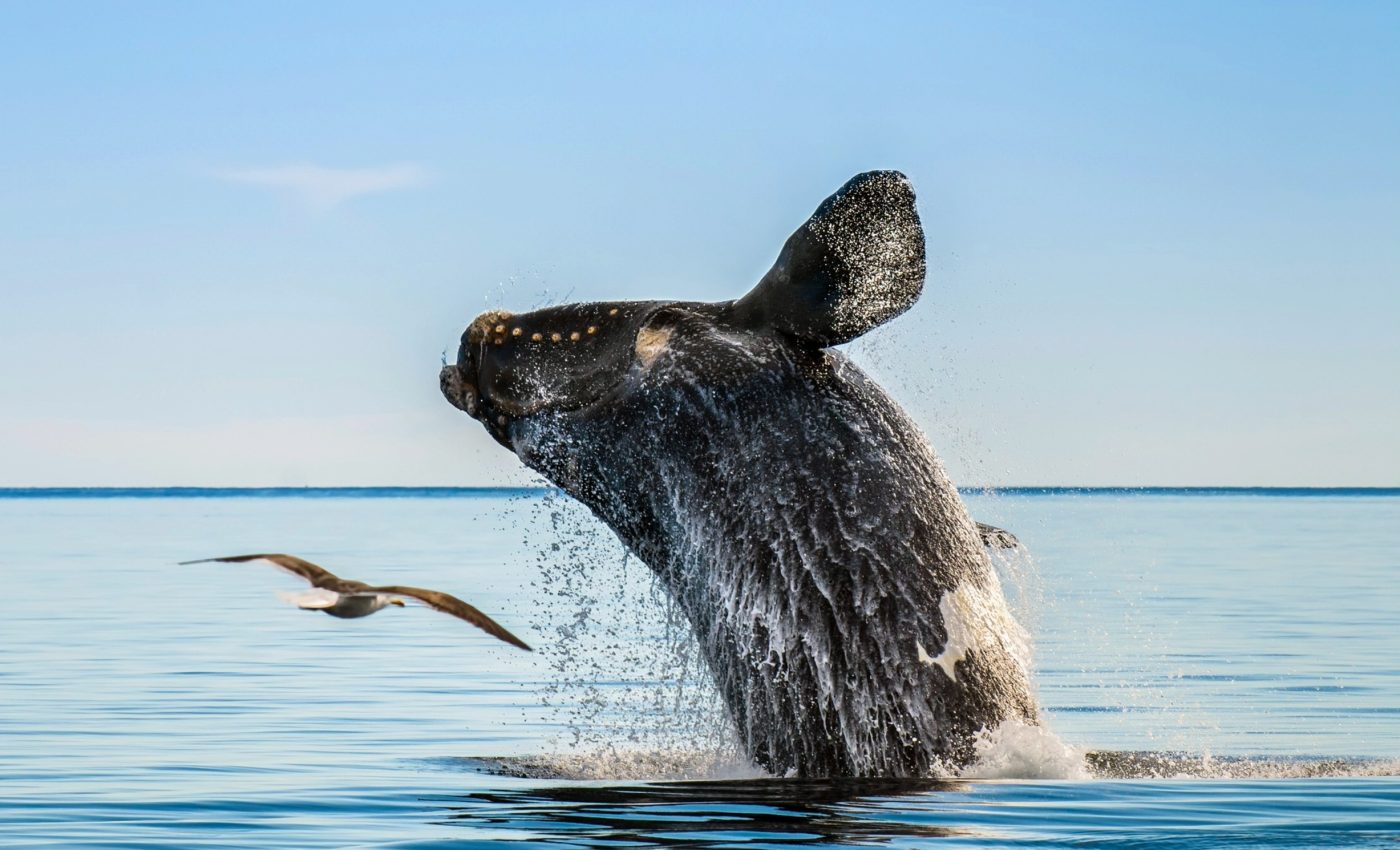
Can we stop the extinction of North Atlantic right whales?
North Atlantic right whales are at the crossroads of endangerment and proactive resolutions. The latest estimates from the North Atlantic Right Whale Consortium point to a population that is teetering on the brink of extinction.
The data for the year 2023 reveals an alarming number of only approximately 372 of these gentle giants. This is a slight increase from the previous year’s figure of 356, but it’s clear that the situation is still dire.
These whales face numerous threats, primarily from vessel strikes and entanglement in fishing gear. In 2024 alone, at least four North Atlantic right whales were killed.
This urgent situation demands immediate action from global authorities like the National Oceanic and Atmospheric Administration (NOAA), Fisheries and Oceans Canada, and Transport Canada.
A voice for the whales
The troubled plight of North Atlantic right whales triggered hard-hitting reactions from Oceana, a leading ocean advocacy group.
“While an increase in population is hopeful, the North Atlantic right whales washing up dead on our shores speak for themselves – we must stop killing them,” said Gib Brogan, campaign director at Oceana in the United States.
“Five of this year’s calves were killed or are missing and presumed dead, including the first calf of the season who was struck by a boat and died a slow, painful, and preventable death.”
Brogan noted that NOAA’s proposed vessel speed rule to update slow zones for ships would have protected these whales when they were at their most vulnerable, but this plan is gathering dust after more than 800 days.
“President Biden must approve and implement the updated vessel speed rule soon, before we see moms and calves on our shores this calving season instead of in our waters.”
Halting two major threats to whales
Kim Elmslie, campaign director at Oceana Canada, emphasized the need for action. “Today’s news that the North Atlantic right population has increased slightly is positive, but the threats of vessel strikes and entanglement remain present.”
Elmslie noted that right whales have faced a devastating year, with nine deaths and five entanglements. She said that more must and can be done to stop the two major threats to right whale’s survival – vessel strikes and entanglements in fishing gear.
“To ensure whales and fisheries can coexist in Canada, the government must implement ropeless fishing gear in high-risk areas. Additionally, all vessel slowdowns must be mandatory and be applied throughout the range where right whales are found to reduce ship strikes.”
Once thriving, but now struggling
The North Atlantic right whales were once a frequent sight off the shores. Moving at a leisurely pace, they were easy targets for aggressive whalers. Their population spiraled sharply downwards from 21,000 to less than 100 individuals by the 1920s.
Whaling was banned for this species in 1935. By 2010, they showed a promising rebound to about 483 individuals. But their numbers have been dwindling since, placing them back on the endangered list.
Deadly dangers faced by whales
Ship strikes are a significant threat, given that these whales swim slowly, close to the surface, and their dark color makes them difficult to spot. This, along with the inability to maneuver quickly, leads to fatal encounters with boats.
The tragic saga continues with many of the whales getting entangled in fishing gear, causing severe physical damage and hindering their mobility, reproduction, and feeding abilities.
A shocking 85% of the population has experienced entanglement at least once, making it critical that changes are made in fishing practices.
Overwhelming public support
A recent national poll conducted in 2024 by nonpartisan polling company Ipsos captured the sentiment of the American public.
The results depicted a unified voice, stating that 86% of American voters believe it is vital to protect North Atlantic right whales from human-caused threats.
Overall, 83% of respondents agreed that human activities, specifically those involving shipping, boating, and vertical-line fishing, should be adapted to ensure they do not harm these marine creatures.
This public opinion shines a light on the path forward. We must bring about significant policy changes and implement proactive measures to save these incredible creatures from the brink of extinction.
—–
Like what you read? Subscribe to our newsletter for engaging articles, exclusive content, and the latest updates.
Check us out on EarthSnap, a free app brought to you by Eric Ralls and Earth.com.
—–













